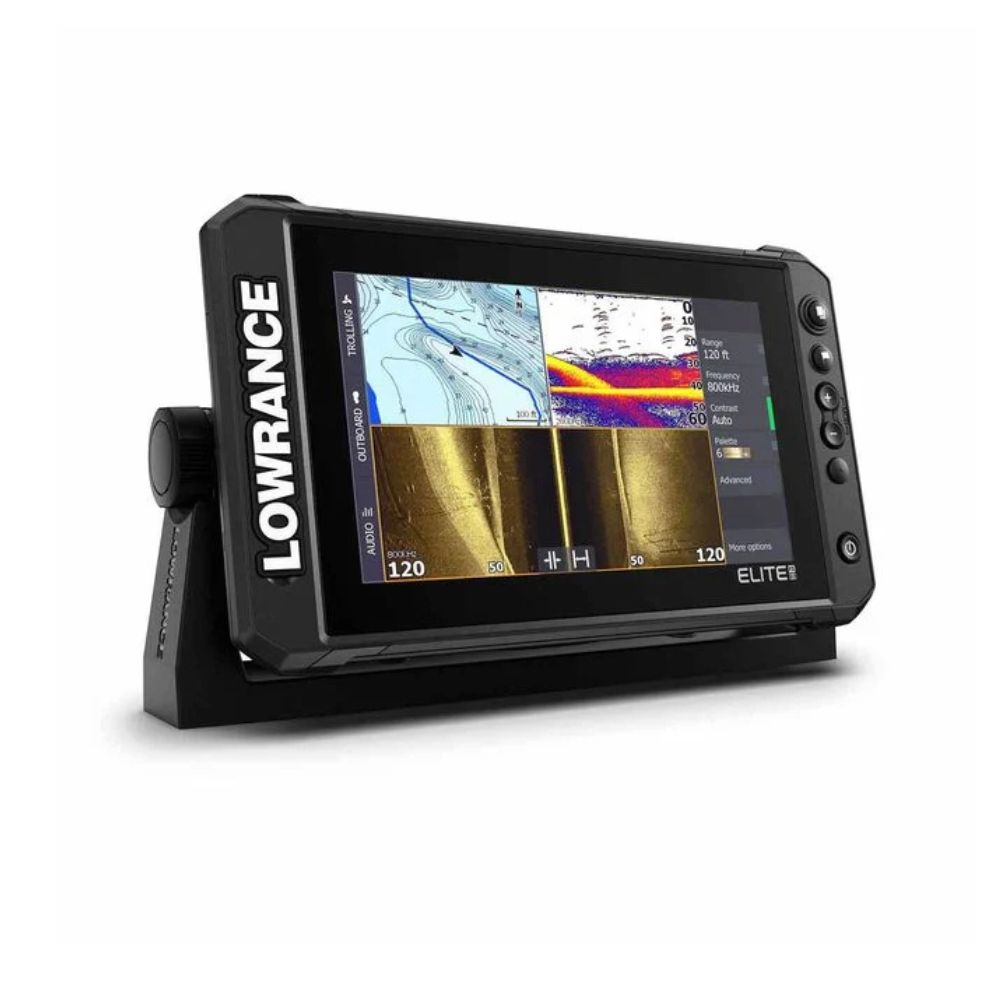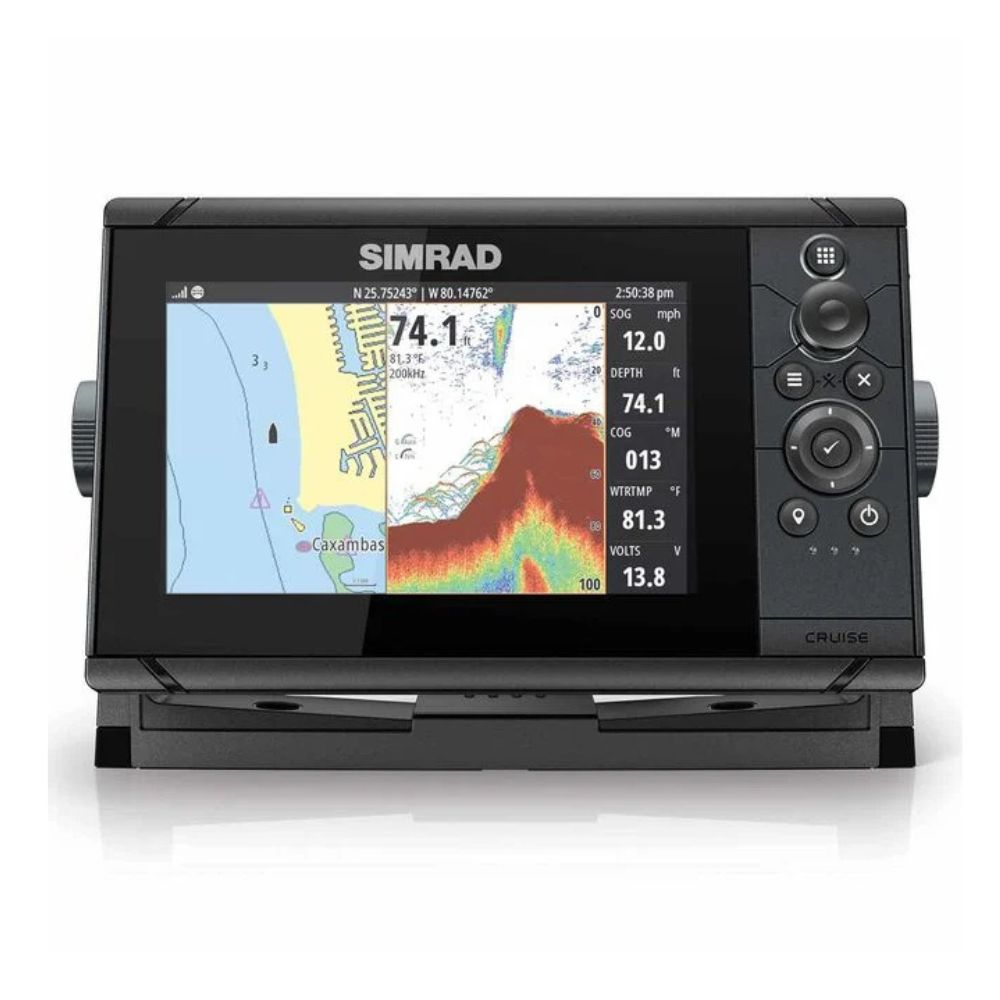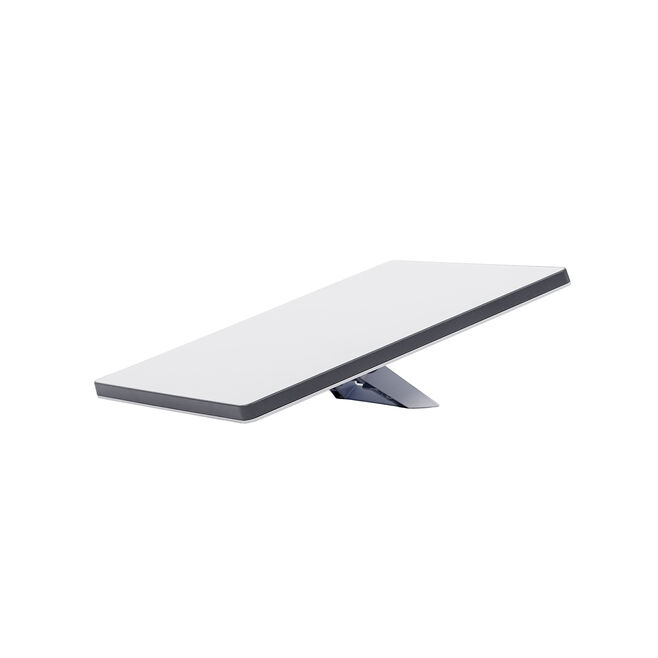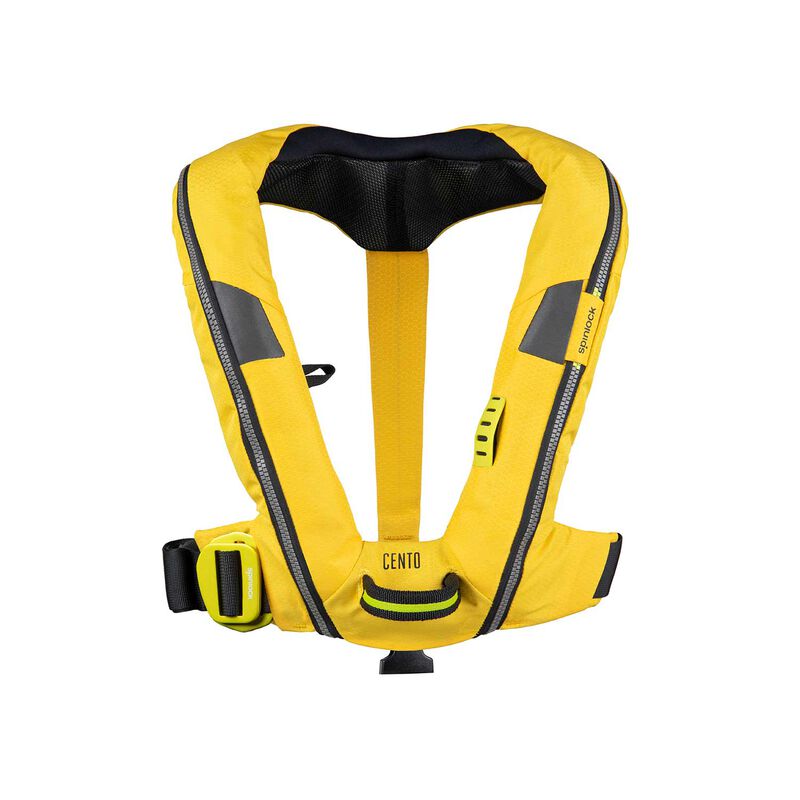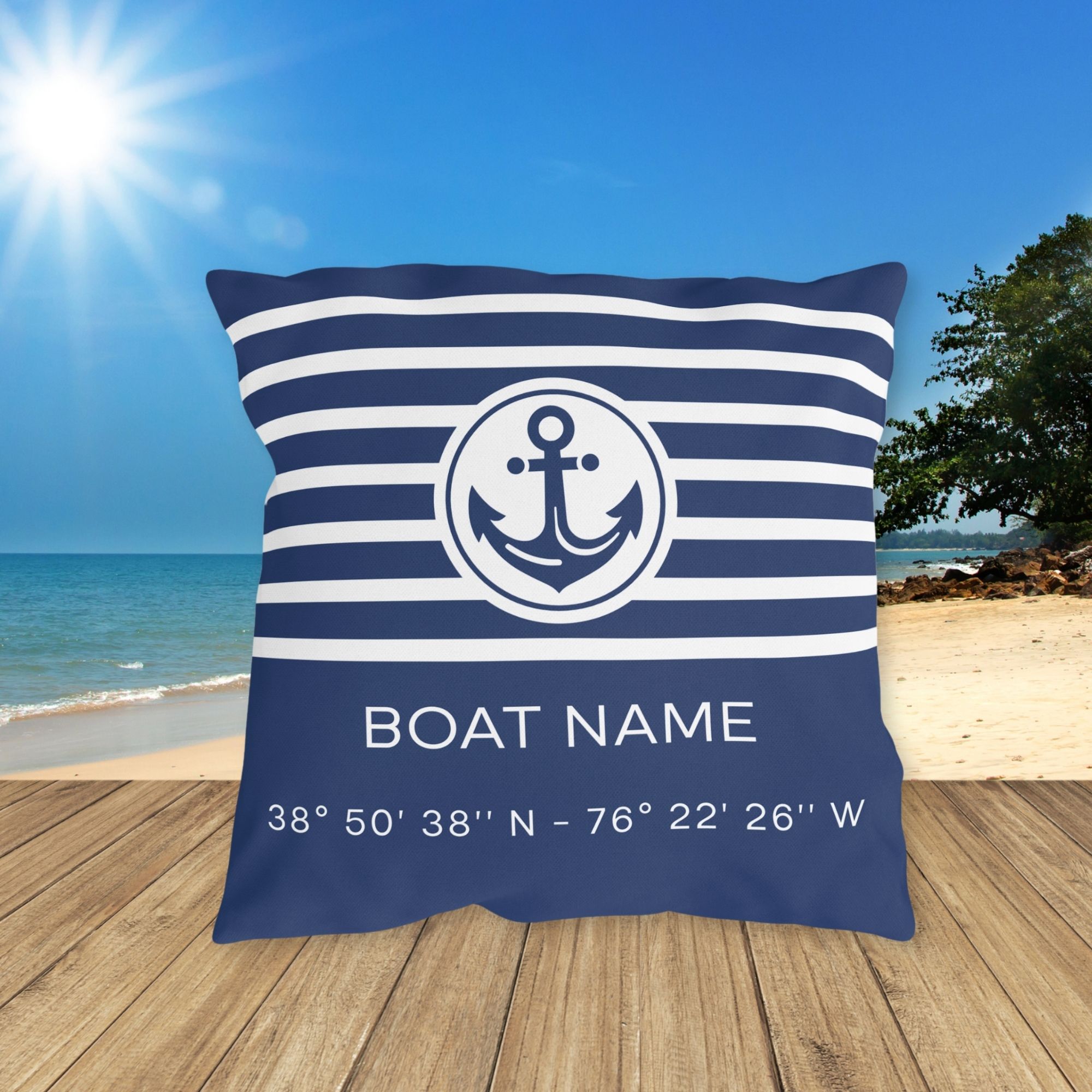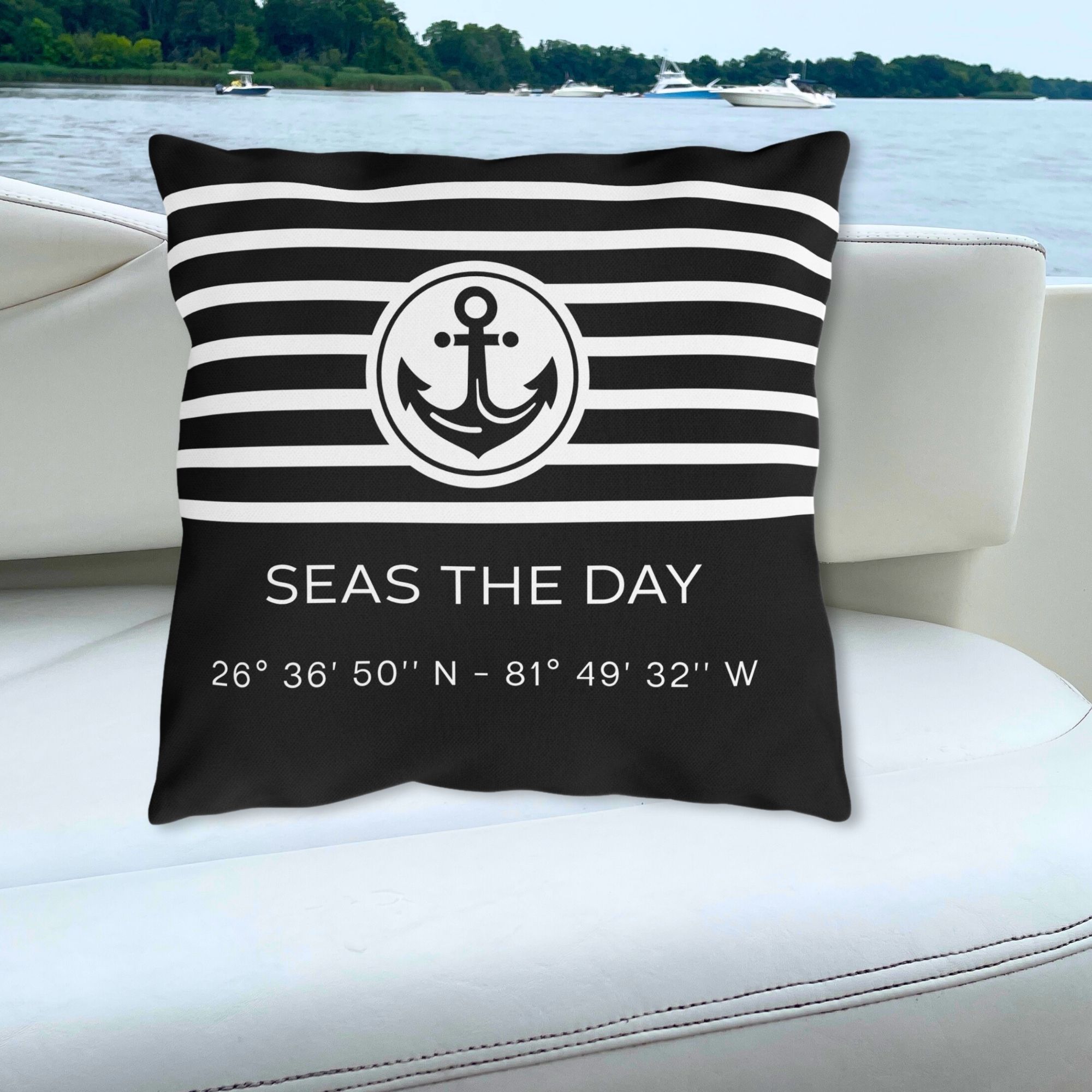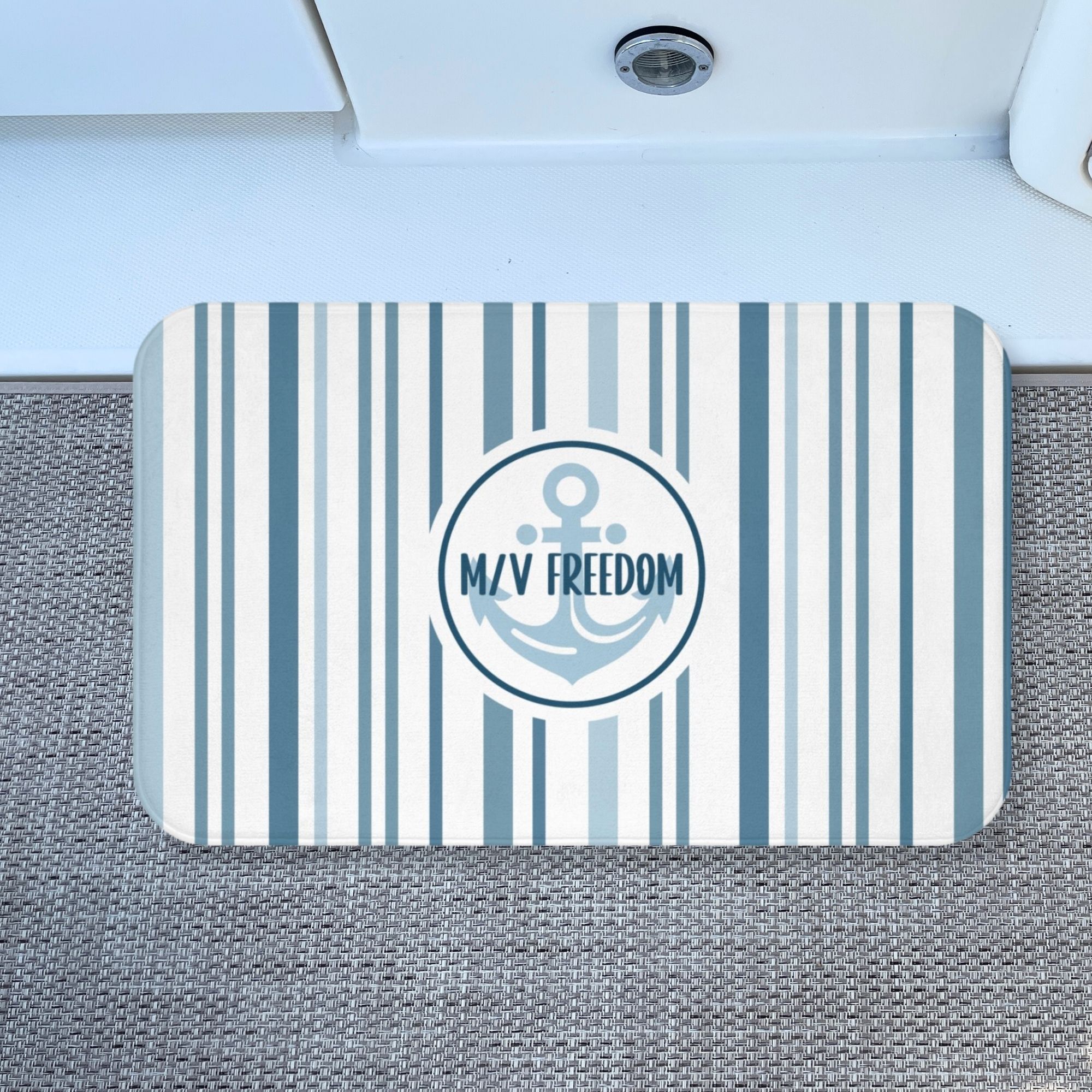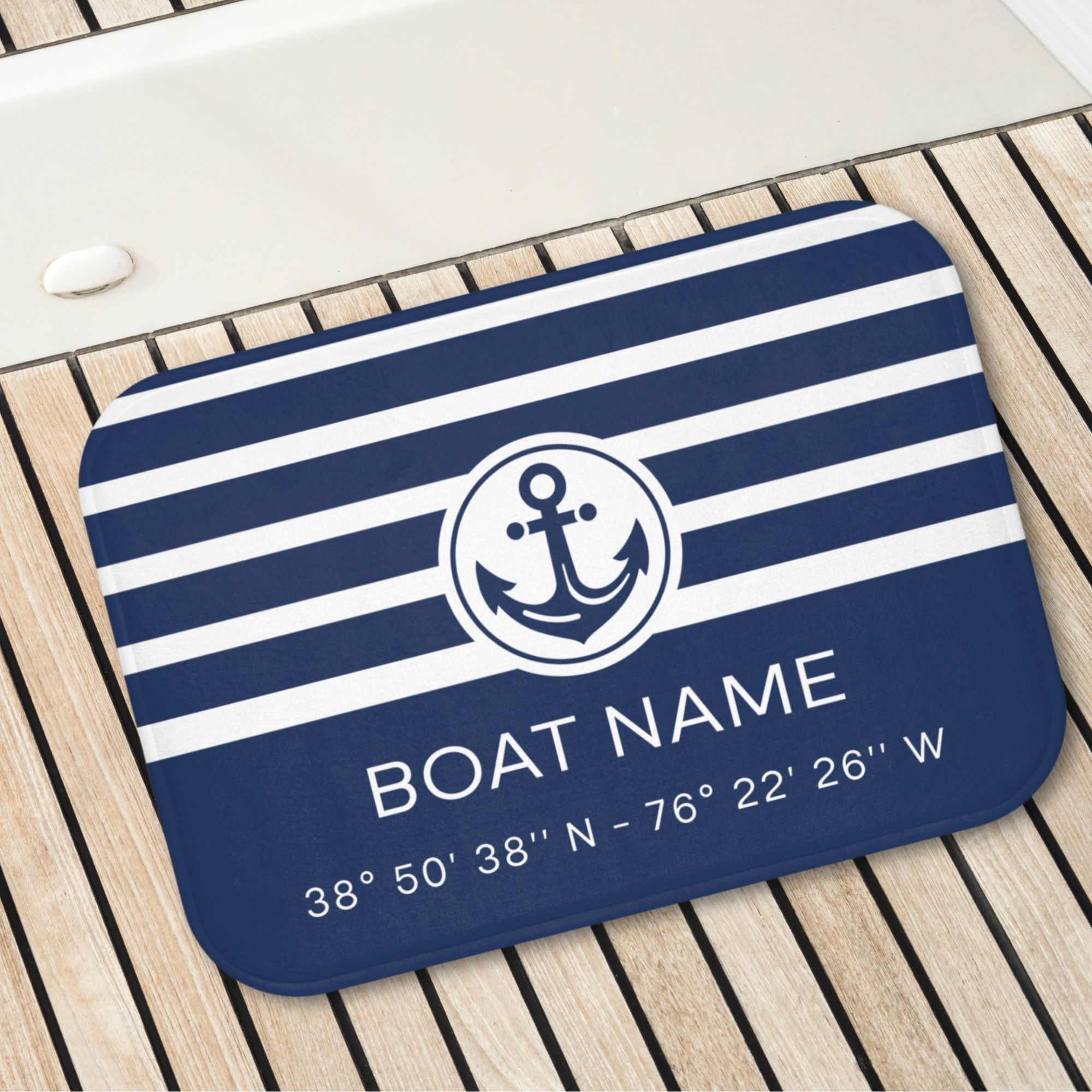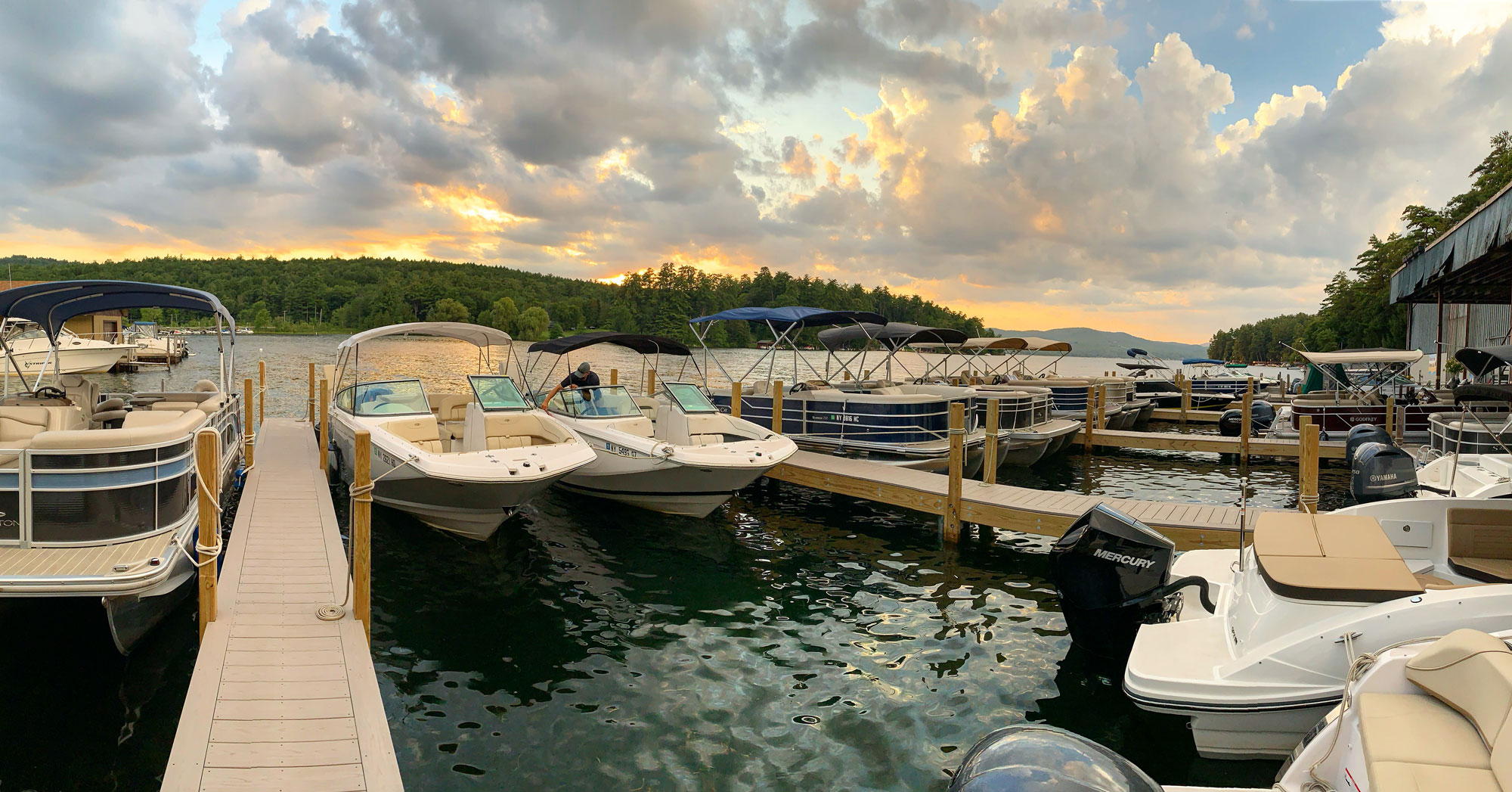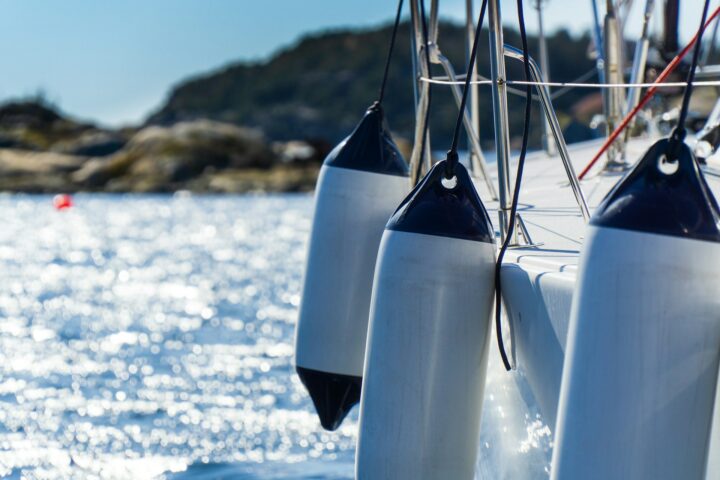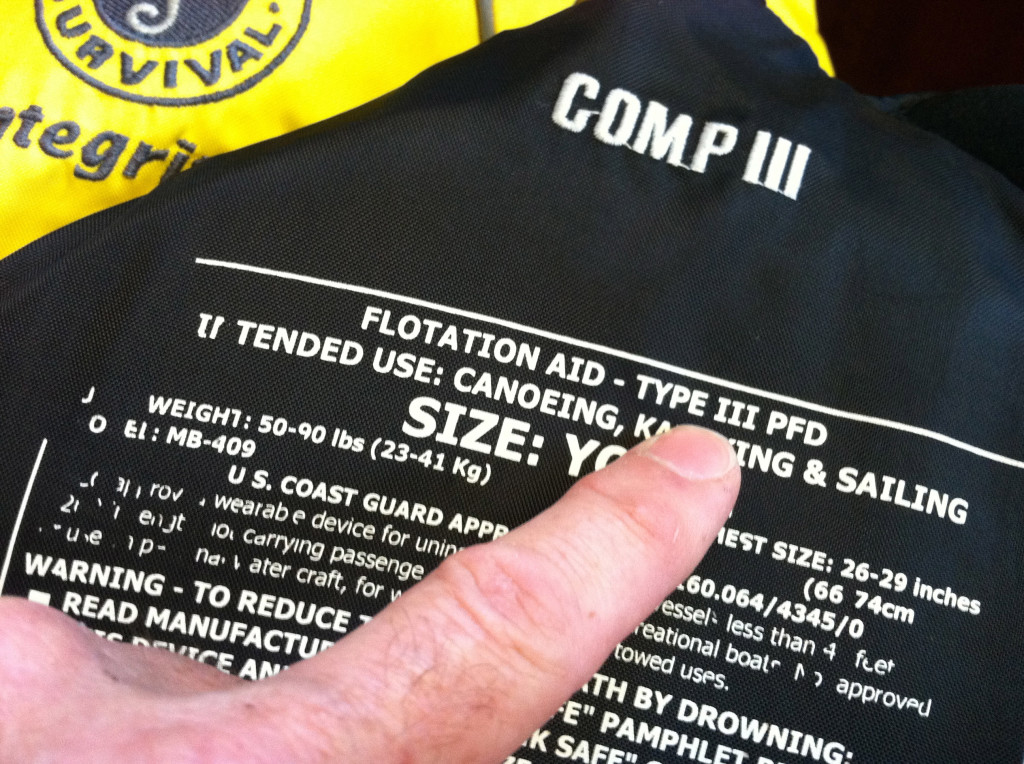 U.S. Coast Guard to eliminate requirement for life jacket code labels by manufacturers
U.S. Coast Guard to eliminate requirement for life jacket code labels by manufacturers
How to pick the right size and type for life jackets has often been a bit confusing for boaters. One of the biggest reasons is the “type code” labeling system that U.S. Coast Guard (USCG) has required manufacturers to use.
The USCG has announced that they are “doing away” with confusing life jacket type codes as of October 22, 2014. Although it will no longer be a USCG requirement as of October 22nd, manufacturers will continue to use Type I-V coding until newer labels are designed and approved, and new standards are adopted.
According to an announcement from BoatUS Foundation (the boater funded organization for boating safety and clean boating), “removing type coding is simply the first step in a multi-year process, which includes designing new labels and developing new standards that will be more ‘harmonized’ with other countries like Canada and Europe Union. Once that is accomplished, manufacturers will then be able to get jackets approved under the new standards. It’s at that point that we’ll see life jackets without the current type coding on their labels.”
They also note that life jacket manufacturers say that 2017 is likely the earliest boaters could potentially expect to see any new life jacket standards on production lines (and available for purchase).
The recreational boating industry – including BoatUS Foundation, National Safe Boating Council and National Marine Manufacturers Association (NMMA) – widely supports the change of doing away with USCG required life jacket codes. They say that reducing boater confusion is a good thing and will only encourage more use of life jackets in the future. According to Chris Edmonston, BoatUS Foundation for Boating Safety President and Chairman of the National Safe Boating Council, said, “The boating safety community believes this move by the Coast Guard will help lead the way toward more comfortable and innovative life jacket designs, help boaters stay on the right side of the law, lower costs, and save lives.”
How to Chose Life Jackets by Size or Type Now
Until new life jacket standards are developed current life jackets that have Type I-V coding on their labels will be legal to sell and wear for the useful life of the jacket.
Current U.S. Coast Guard life jacket type codes still in use for recreational boating are:
TYPE I PFDS / OFF-SHORE LIFE JACKETS: Best for all waters, open ocean, rough seas, or remote water, where rescue may be slow coming. Abandon-ship lifejacket for commercial vessels and all vessels carrying passengers for hire.
TYPE II PFDS / NEAR-SHORE BUOYANT VESTS: For general boating activities. Good for calm, inland waters, or where there is a good chance for fast rescue
TYPE III PFDS / FLOTATION AIDS: For general boating or the specialized activity that is marked on the device such as water skiing, hunting, fishing, canoeing, kayaking and others. Good for calm, inland waters, or where there is a good chance for fast rescue. Designed so that wearing it will complement your boating activities:
TYPE V PFDS / SPECIAL USE DEVICES: Only for special uses or conditions.
See label for limits of use:*Hybrid Inflatable PFDs
*Canoe/Kayak Vest
*Boardsailing Vests
*Deck Suits
*Work Vests for Commercial Vessels
*Commercial Whitewater Vests
*Man-Overboard Rescue Devices
*Law Enforcement Flotation Devices
 If you are looking to purchase life jackets for kids, be sure to buy based on their current weight. Kid’s life jackets should always say “Coast Guard Approved” and have an acceptable weight range for proper buoyancy.
If you are looking to purchase life jackets for kids, be sure to buy based on their current weight. Kid’s life jackets should always say “Coast Guard Approved” and have an acceptable weight range for proper buoyancy.
Check out our Life Jacket Jackets by Age guide on BoaterKids.com to help you pick the ideal life jacket for your infants, toddlers and kids.
Trending Now: Must-Have Boat Gear for Your Boat Life
-
Lowrance Elite FS 9 Fishfinder/Chartplotter Combo
$999.00 Quick ViewBuy on West Marine -
SIMRAD Cruise 7 Chartplotter/Fishfinder Combo
$569.00 Quick ViewBuy on West Marine -
Starlink Mini Kit for High-Speed, Portable Internet on the Go
$599.00 Quick ViewBuy on West Marine -
Spinlock Deckvest Junior Inflatable Life Jacket
$209.00 Quick ViewBuy on West Marine
Trending Now: Custom Boat Decor
-
Boat Pillow with Boat Name & LAT LONG Coordinates
Quick ViewBuy on Etsy -
Boat Pillow with Boat Name & LAT LONG Coordinates- Black
Quick ViewBuy on Etsy -
Coastal Blue Stripes Bathmat with Anchor & Boat Name
Quick ViewBuy on Etsy -
Custom Boat Mat with Boat Name & LAT LONG Coordinates
Quick ViewBuy on Etsy
Disclosure: This site may contain links affiliated with companies where we receive compensation. Also, as an Amazon Associate we may earn from qualifying purchases we refer but it does not impact the price you pay. Full disclosure policy.

